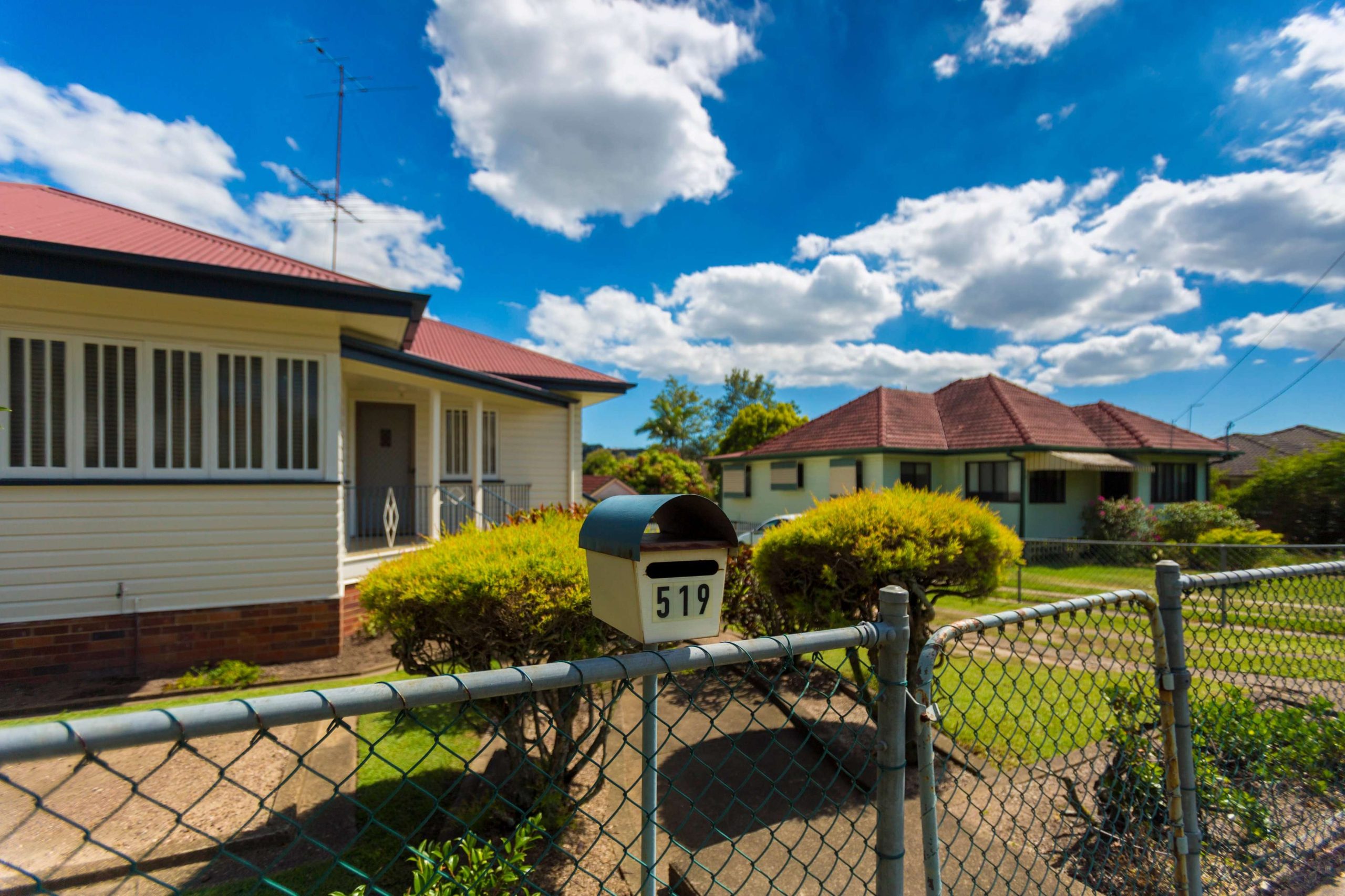
The road to within-target inflation has hit a speed bump, with households stung with higher prices for fruit and veg, alcohol and health insurance.
The second month in a row of rising prices came alongside a fall in completed construction work last quarter that will weigh on next week’s economic growth report.
The 3.6 per cent growth in consumer prices logged in the 12 months to April is faster than the 3.5 per cent in the year to March, and keeps inflation edging further away from the Reserve Bank’s target range of two per cent and three per cent.
The disappointingly strong inflation data for April is unlikely to trigger another interest rate hike but independent economist Saul Eslake said it would dampen expectations of cuts.
“Governor Michele Bullock has said the path to getting inflation back to its target range will be ‘bumpy’, and today’s data is a ‘bump’,” Mr Eslake said.
There remains a diversity of views of when cuts are likely to start, though Mr Eslake has long been of the view an easing cycle will begin early next year.
While inflation coming in a little above the 3.4 per cent pencilled in by economists is unlikely to be welcomed by the central bank, the monthly index is known to bounce around and doesn’t sample every price category each time.
More weight will be put on the quarterly figure when it’s released in late July.
Wednesday’s data did capture fruit and vegetables recording their largest rise in a year as bad weather battered crops.
The health category also accelerated, propped up by health insurance premiums that increased on April 1.
Other major contributors to the annual pace of price growth, but no more so than in recent months, included new dwelling purchases, petrol and rents.
The statistics bureau also recorded a 2.9 per cent fall in construction work down, against expectations of a 0.5 per cent rise.
AMP Australia economists My Bui and Diana Mousina said a drop-off in finished construction work would weigh on the March quarter gross domestic product number due next Wednesday.
A modest 0.2 per cent lift in economic activity has been pencilled in by the economists for the quarter, with a flat or zero growth outcome possible “which will lead to talk about a recession”.
With plenty of clues of a sluggish economy, including weak household spending and a softening jobs market, the AMP economists said there was little justification for interest rate hikes.
The group expects cuts to start later this year, with the timing dependent on the next inflation and wage growth readings as well as next week’s minimum and award wages decision.
Westpac and Melbourne Institute’s leading index, which attempts to track future economic growth three to nine months into the future, recorded a slight improvement in April.
Matthew Hassan, senior economist at Westpac, said the index signalled stabilising growth momentum but he expected economic activity to stay muted.
Upcoming tax cuts should bolster household incomes, he said, helping underpin slightly stronger growth throughout the back half of 2024 but nowhere near the long-run average of around 2.5 per cent.
Who can be trusted?
In a world of spin and confusion, there’s never been a more important time to support independent journalism in Canberra.
If you trust our work online and want to enforce the power of independent voices, I invite you to make a small contribution.
Every dollar of support is invested back into our journalism to help keep citynews.com.au strong and free.
Thank you,
Ian Meikle, editor





Leave a Reply